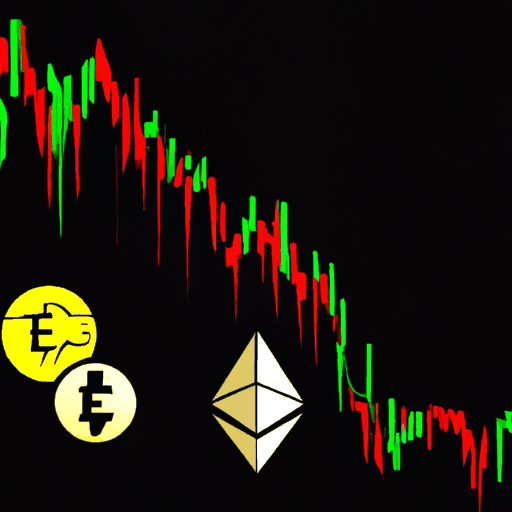
Ethereum Prepares for Transformative Fusaka Upgrade
By: Isha Das
In a noteworthy development for the Ethereum community, the Fusaka upgrade is scheduled to become operational by early December. This major overhaul promises to bring significant changes, primarily aiming at scaling the network's performance and reducing transaction fees on Layer 2 solutions. Fusaka introduces an advanced data-sampling framework called PeerDAS, set to enhance how the network handles transaction data, making it more efficient for validators. The objective is to drive down Layer 2 fees by allowing rollups to post more data at a reduced cost.
Fusaka is a synthesis of consensus and execution reforms, extending Ethereum’s capabilities without dramatically altering the user experience. Central to this upgrade is the protocol change to allow nodes to process smaller data segments instead of entire data sets, thus optimizing bandwidth costs. Proposals like EIP-7892, which introduce dynamic adjustments in data capacity known as Blob Parameter-Only forks, will significantly enhance data throughput without necessitating full protocol rewrites.
The impact of these technical advancements is profound, but they mainly bolster Layer 2 networks like Arbitrum and Optimism rather than drawing activities back to the mainnet. Although the mainnet will remain the primary hub for settlement and data availability, the everyday user interactions will increasingly migrate towards these more economical and faster rollup solutions. This shift is driven by the ability to handle greater data loads, especially for applications that demand low-cost, high-speed transactions.
The holistic improvements Fusaka brings also extend to user experience. With EIP-7951 introducing support for WebAuthn, users will enjoy more secure and seamless logins through biometric and device-based systems, potentially making complex seed phrases a relic of the past. Such enhancements, coupled with quick transaction confirmations ensured by deterministic proposer advancements, position Ethereum as a more accessible blockchain network that replicates Web2 usability standards.
Ultimately, Fusaka reinforces a modular architecture, where Layer 1's role as a highly secure foundation supports the burgeoning ecosystem of applications thriving on Layer 2. It doesn't just scale Ethereum—it signifies the network's maturation towards a layered internet, fostering decentralized application growth without enhanced congestion on the main chain. As Ethereum navigates this new phase, the focus shifts from competing with its own Layer 1 to optimizing a robust and flexible foundation that welcomes a myriad of Web3 innovations.



